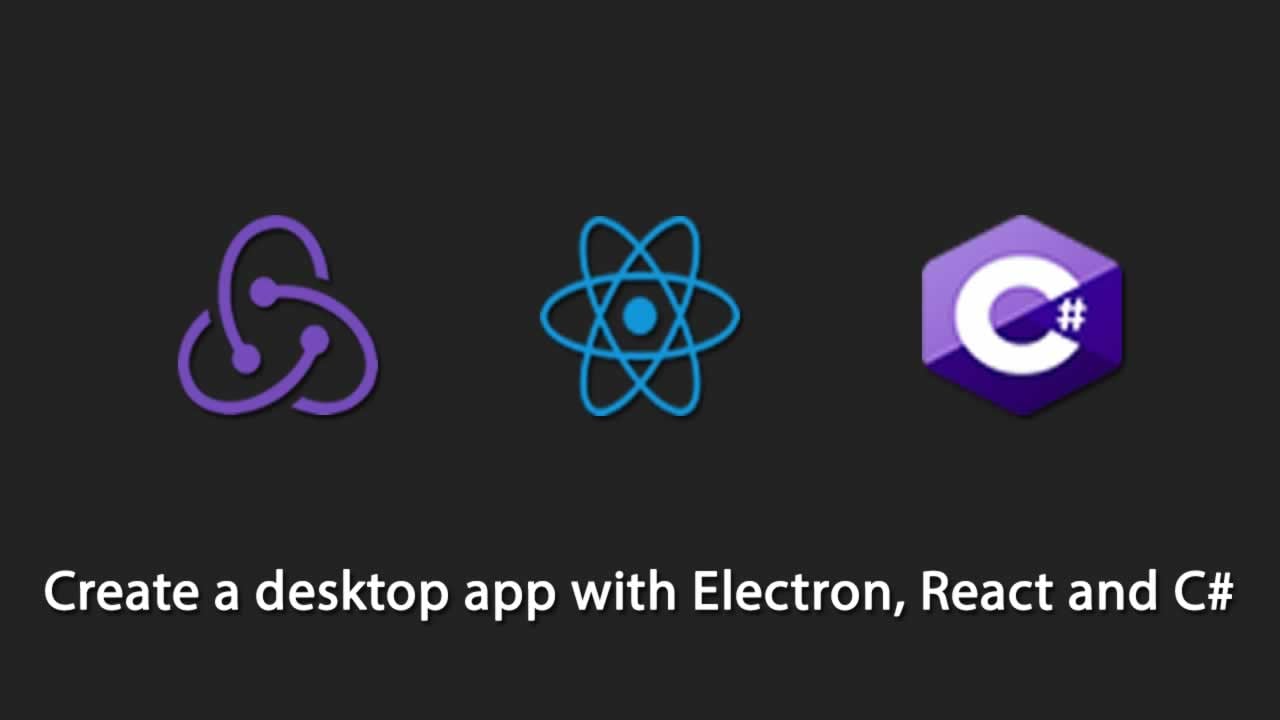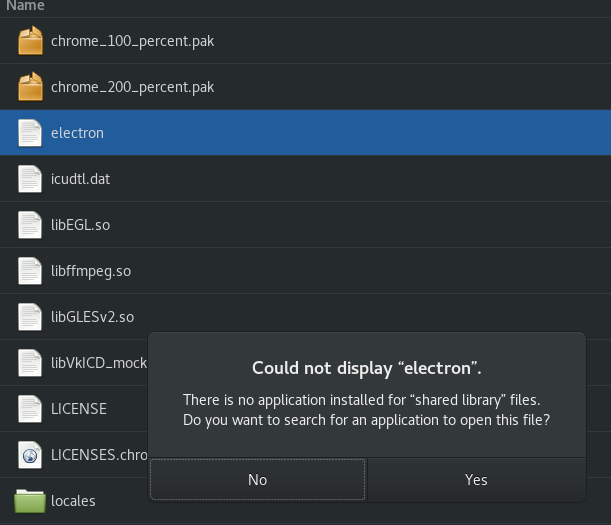

Run npm init -y in the level directory in order to create our application. Our first steps will be creating the npm project and adding the necessary dependencies to get us started. Creating the project with npmĪn Electron application is an npm project with the electron package as a dependency. These extensions can help with productivity, greater accuracy and more consistent code if you so choose to use them. A nice feature about VSCode is that it has extensions which if you haven't heard before are add-ons that can provide helpful functionality such as formatters, syntax highlighters, linters or more. I will be using Visual Studio Code, but there are plenty of examples if you have your own favorite. Now, open up your favorite text editor or IDE. If this is a hobby project, feel free to ignore this if you so choose! If this is an application you are considering building for a business or current job, I'd recommend taking peak at a Node version manager in order to support testing your application on different Node environments. Installing Node also installs npm, which we will also need shortly. V16.13.0 How to check the version of Node on your computer (Tip: there is a minimum version of Node required for each Electron framework version! If you haven't updated Node in a while, now would be a good time to do so.) PS C:\Users\zachary> node -v Install the LTS (long-term support) version of Node from here if node -v doesn't give you sensible output on your computer's terminal/console. Readme The folder structure for an Electron application Node_modules/ // Where node modules will be saved ĭist/ // The bundled application/artifacts go here


Go ahead and create these folders on your computer. Think about what best suits your needs, but don't get caught on the structure needing to be perfect good enough will do. A full Github repo that contains the entire application will be found at the end of this post.Įveryone has their own opinion when it comes to a folder structure for an application.


 0 kommentar(er)
0 kommentar(er)
